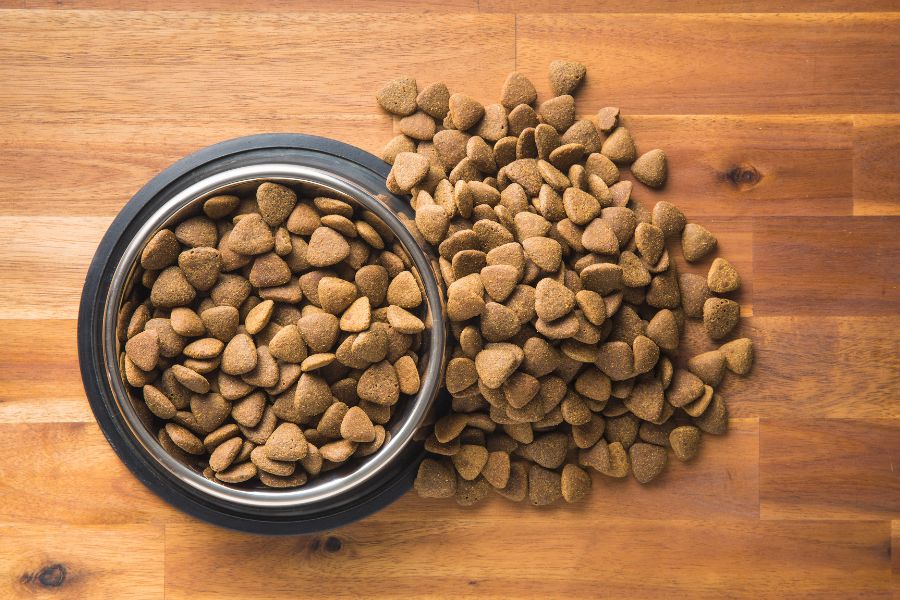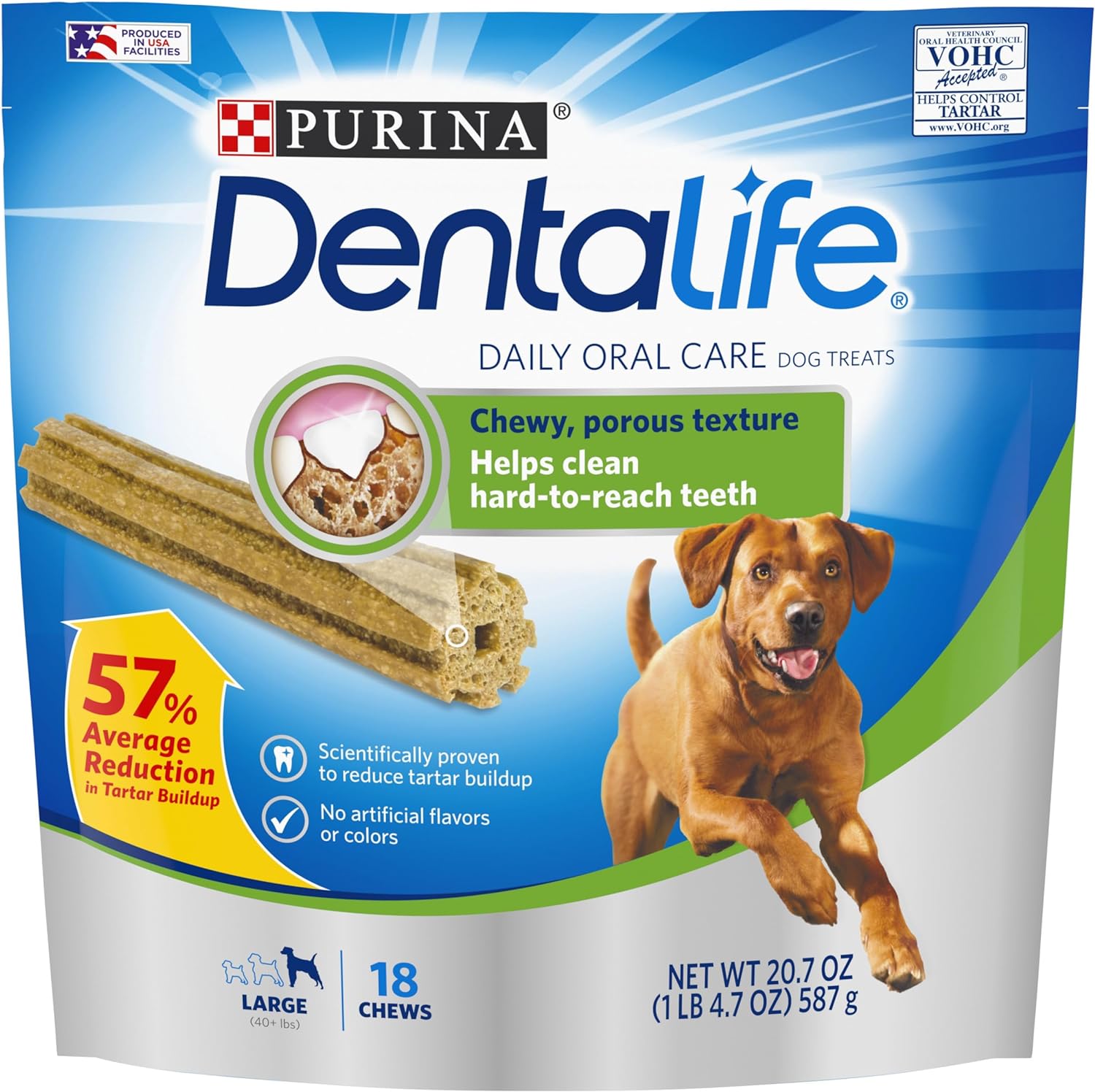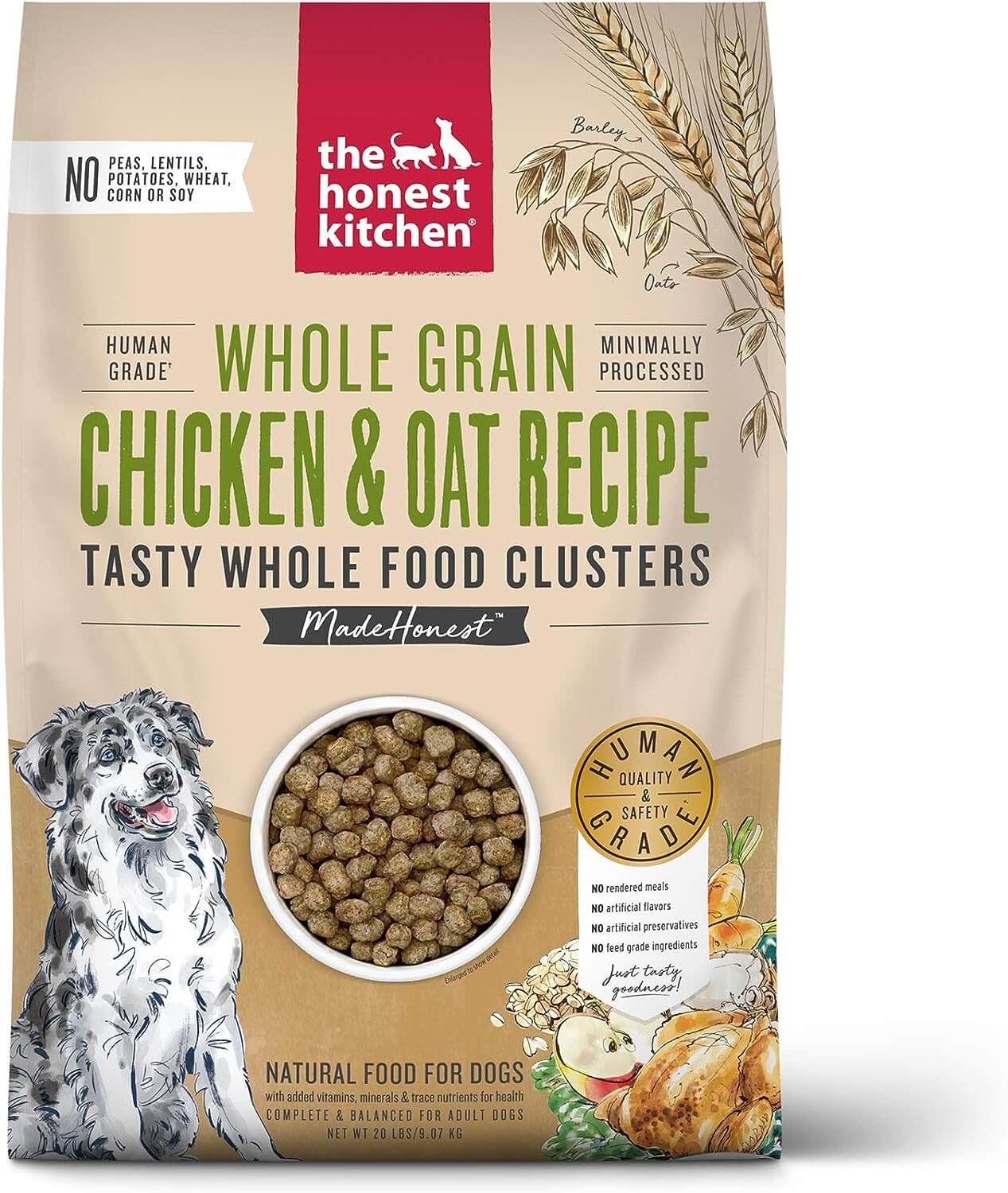
Next Level dog food hit the market hard in 2023 and seemed to gain traction around the same time as the massive and unprecedented Victor

Next Level dog food hit the market hard in 2023 and seemed to gain traction around the same time as the massive and unprecedented Victor

E-collars are often seen as a controversial dog training tool, and I’ve realized that it’s largely because people don’t understand them. There are a lot

I started using Purina Dentalife Dog Chews last year after my Amazon Fresh account recommended them during a routine shopping visit. As an evidence-based pro-veterinarian

As with all pet food content I write, I aim to provide transparency and useful information. This Honest Kitchen dog food review is going to

It’s Spring and we all know what that means. Mud, dirt, allergens…all in our home, tracked in by none other than our beloved DOGS. We

Welcome to the third installment of my series uncovering the controversial and misleading aspects of the documentary “Pet Fooled.” In this chapter, I’m going explore

Dog products that are made in the USA are not always easy to find! Not only that, but choosing any pet products that are made

As we step into 2024, a viral news story has circulated suggesting that Purina dog food poses a threat to your pet’s health. Despite widespread

All three of my dogs were seen by their veterinarian this week for their annual checkup. One of my dogs is 7 years old, and

When it comes to caring for our canine companions, one of the most critical decisions we face is choosing the right dog food. This choice